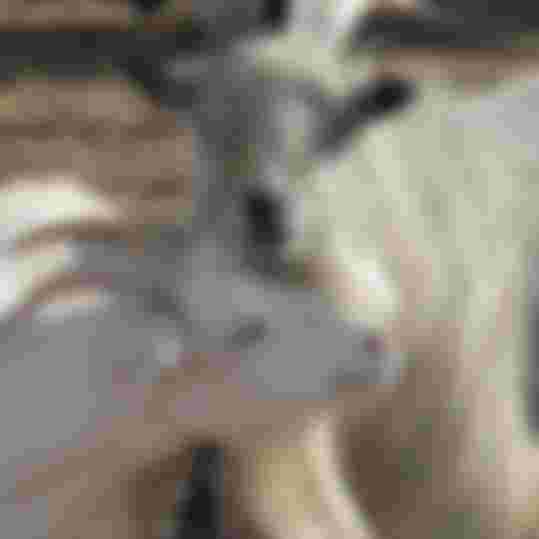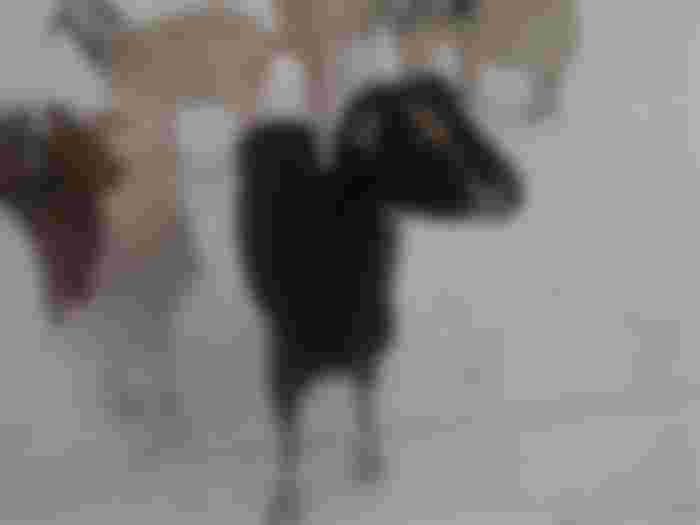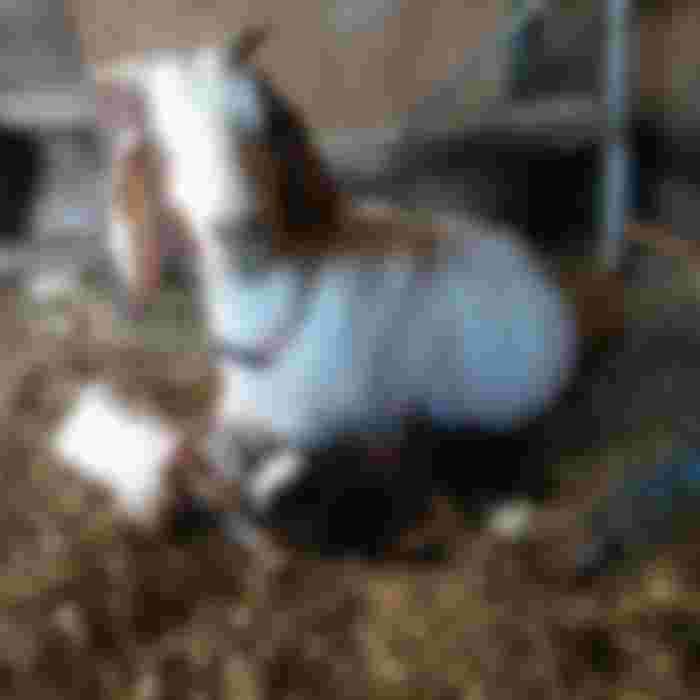
Goats are amazing creatures. Smart and cuddly, they make great pets in addition to being livestock. Unless you own goats or are a small livestock veterinary student, most likely the closest you’ve been to a goat is in a petting zoo or Disney movie.
Goats are getting big in the United States. Meat, dairy, and fiber are the goat products that are on the rise. The demand is so high that the goat production rate can’t keep up. Urban homesteaders are getting into goats. Once you get to know goats, you may very well fall in love.
Goats are very picky eaters
I address this first because I believe this stereotype of goats as portrayed in movies, cartoons, and comics is the most dangerous.
Goats are browsers that prefer leaves and tree bark. They will eat all manner of leaves and grass. Contrary to popular belief and depictions in Disney movies, they don’t eat cans.
It may look like goats are eating things like tin cans, and trash. They are not. In fact, goats have tiny hairlike protrusions just on the inside of their lips. Goats use these little hairs as extra sensors. Just like a toddler human, goats will pick things up they are curious about and put them in their mouths. They aren’t eating the can. They are playing with it.

2. Goats are very smart
Dobie was a La Mancha dairy goat. She got her name because she was colored like a Doberman Pinscher. The hay barn was separated from the rest of the barn by a tall wooden fence. The door or gate opening onto the hay barn had a fence latch that you open using your thumb. We figured since goats don’t have thumbs, this would keep the hay secure.
We figured wrong.
Dobie found a way to open that gate, she and all the other goats had themselves a hay buffet. As it was getting warmer, we chased the goats out of the barn altogether until the following year.
When the weather turned cold and windy again, we allowed the goats back into the barn. Dobie made a beeline for that latch. She remembered the hay (which was now fed out and gone). She remembered the latch. She got that gate open on the first try!
Studies have shown goats can learn new information and retain knowledge. We didn’t need those studies. We found out on our own. The expensive way.
3. Goats have accents
Tina was a Saanen/Boer cross. Her mom had birthed quadruplet doelings. We let her raise two, and bottle-fed the other two. Tina was my bottle baby. I raised her to be a milk goat even though she was contaminated with Boer (a meat goat breed). Tina and I spent a great deal of time together as I fed her and trained her to milk. I talked to her constantly, and she talked back. I didn’t have to be looking into the goat pasture to recognize Tina’s voice. I could recognize her meh by sound alone. She always sounded like she was calling “Mom.” “Mom!”.
Tina was a few years old when JimmyChew was born. Jimmy is a Pygmy/Nigerian dwarf cross. Nigerian dwarf goats are known to be loud and “mouthy”. When Jimmy bleats, it sounds like he is screaming for help. “Help!” “Help!”

When I retired Tina from the milk barn and turned her out to pasture with JimmyChew and the other goats, Tina’s accent definitely changed. It didn’t sound quite like "Help!” but neither did it sound like “Mom.” More like a combination of the two. “Momhelp!”
Studies have shown that goats have accents and their accents will change with the environment.
3. Goats are good mothers
Walking through my pasture a few days after kidding time, I will find random piles of baby goats scattered here, there, and everywhere without a mam goat in sight. This type of circumstance has led many new goat owners to believe that goats are not good mothers. It may seem mama goats are just walking away from their kids, abandoning them to the elements and predators. This is not the case. Mama goats usually stay within hearing of their kids. If danger strikes, those kids will yell. Mama will come running.

We have often been able to lead mama goats out of a snowstorm and into the barn by picking up their kids. Baby cries, mama comes running.
Goats are good mothers. There seem to be instances when this trait has been bred out of them. For example, when goats are bred for show, and every kid is removed from its mother immediately and raised by humans, the offspring down the generations seem less adept at mothering. I haven’t found any studies to back this up, just 10 years of goat ranching experience.

I have found many studies which show goats recognize their kids’ voices and remember them up to a year after weaning. Recognizing your kid’s scream for help is definitely a trait of a good mother.

4. Goats make berries
These are not juicy, delicious blueberries, raspberries, strawberries, or any kind of edible berry. I think farmers and ranchers needed a polite way to describe what goats produce every 5 to 11 minutes. Goat poop consists of many small roundish pellets. These are euphemistically referred to as goat berries. If by chance you are offered some goat berries, I’d advise you to say no, thank you.

5. Got your goat
The origins of the phrase “got your goat” are lost to the mists of time. It means to make angry or annoy. My favorite supposition of origin is horse racing. Often a goat will be placed in a stall with a nervous horse. Goats are said to have a calming effect on horses. The theory is that if someone wanted your horse to lose a race, they would steal the goat. This would understandably annoy the horse owner and make them angry. There is no proof of this story, but it is one I use frequently.
After reading this, you know 5 things you never knew you wanted to know about goats.
Lead image by Jonica Bradley; Baby J.J. standing on a feed can.







I had a good chuckle when I saw the goat chewing on your hair. I like the Goats make good mothers part best. I can relate to the being a picky eater part best as I am a picky eater myself.